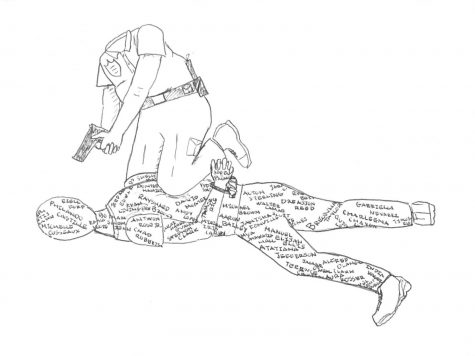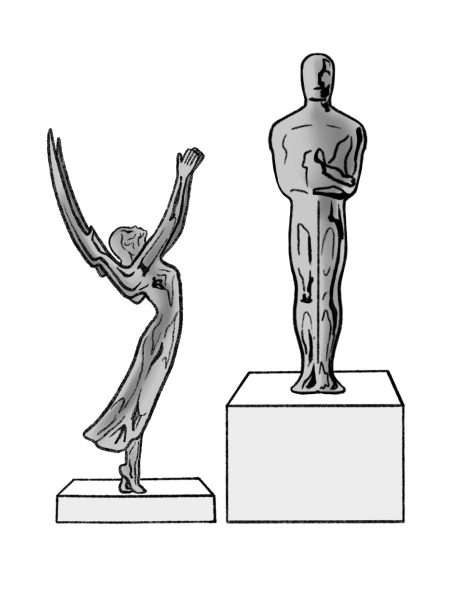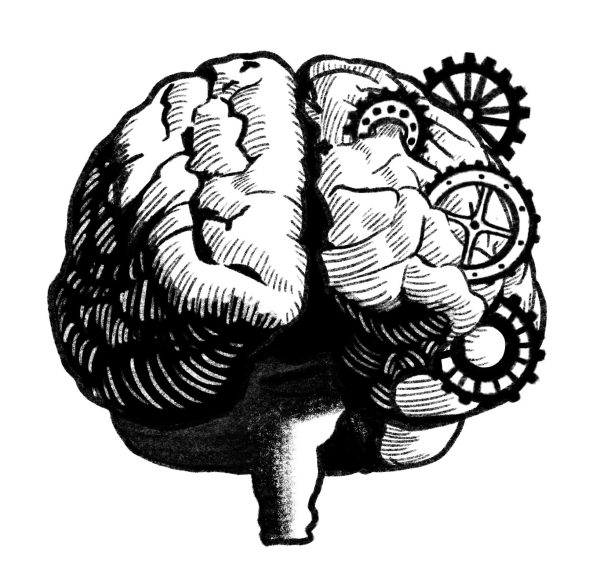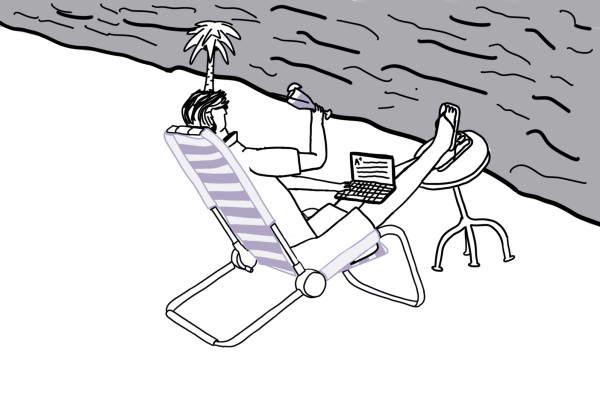Band-aids don’t fix bullet holes but disarming the police is a start
October 26, 2020
A collection of shallow dents circle the golden handle of a pine-colored front door that has been broken off its hinges. Dark streaks tattoo the side of the splintered door frame, grim remnants of a battering ram’s work. Ironically, a worn welcome mat sits on the ground out front. The property is littered with dozens of bullet casings: all but one from an officer-wielded gun.
It was at this scene in South Louisville, Ky. that 26-year-old Breonna Taylor was killed by multiple police-fired bullets in March of this year. She was unarmed, unprepared and sadly unexceptional in suffering this fate. Taylor is now just another name on the long list of Black police brutality victims in America.
According to a Washington Post database, 1,003 Americans of varying racial backgrounds have been fatally shot by police from the beginning of 2020 up until Oct. 12. This alarming statistic is evidence of a problem that should not exist: the abuse of arms by America’s police force. America must fix this error by disarming the police, as the loss of life has set the cost of having cops who carry guns too high.
Although police officers are expected to protect and serve civilians, their inadequate and often incorrect training on critical skills makes it difficult for them to properly do their jobs without relying on their firearms. According to the Institute for Criminal Justice Training Reform, officers receive around 647 hours of basic training on average on topics including cultural diversity, firearms and defensive tactics. However, this number is almost laughable when compared to the roughly 3,500 hours it takes to become a plumber. Learning how to handle a weapon should require more training than fixing toilets.

The repercussions of insubstantial training have materialized in the senseless and disproportionate shootings of Black Americans in recent years. A 2019 Proceedings of the National Academy of Sciences of the United States of America (PNAS) report by researchers Frank Edwards, Hedwig Lee and Michael Esposito found that police use-of-force is one of the leading causes of death among Black men. The same study stated that between 100 in 100,000 Black men will be killed by police — an awfully large figure considering that the number for white men is 39 in 100,000. Seeing as only roughly 13 percent of America’s population is Black, with Black men making up an even smaller percentage, this statistic speaks for itself in its inequity.
Gun usage can act as a self-defense mechanism for officers against violent individuals. In his article “Why cops carry guns,” Richard Fairburn, the public safety director of Canton, Ill., mentions that in some cases, the way to stop a terrible incident may be to use deadly force. Additionally, the National Rifle Association (NRA) suggested that guns aren’t necessarily the issue when it comes to disturbance and death. In October of 2020, they stated that in 2019 the violent crime rate was at 379 per a 100,000 population — the second lowest since 1971, despite the growing rate of gun ownership. Although there may be some truth in these arguments, mindsets like these produce the common misconception that guns are necessary for “saving the day.” Even when handling potentially hazardous scenes, police should never think of killing someone as an option, regardless of how abhorrent the felony or unstable the person. By not taking into account that their gun should be a last resort, the armed police pose a bigger threat to their citizens than they perceive.
However, this does not need to be the case, as demonstrated by the 19 countries with unarmed police forces that include the U.K., Norway and New Zealand. Rhodes Scholar and Time Magazine writer Mélissa Godin investigated such countries. According to Godin’s inspection of the gun-free systems in Norway and the U.K., these countries are still able to ensure general public safety and focus on mitigating the severity of situations through more extensive training. They also employ “policing by consent,” a concept where police focus more on public approval of their behavior, giving citizens the ability to deny an officer’s unwanted actions.
The job of a police officer is to establish security. Instead, their recent behavior has displayed a growing carelessness with the power they carry holstered at their hip. The gun’s presence is a constant reminder of how the idea of protection has truly gone awry. The solution is clear: disarm the police.






















